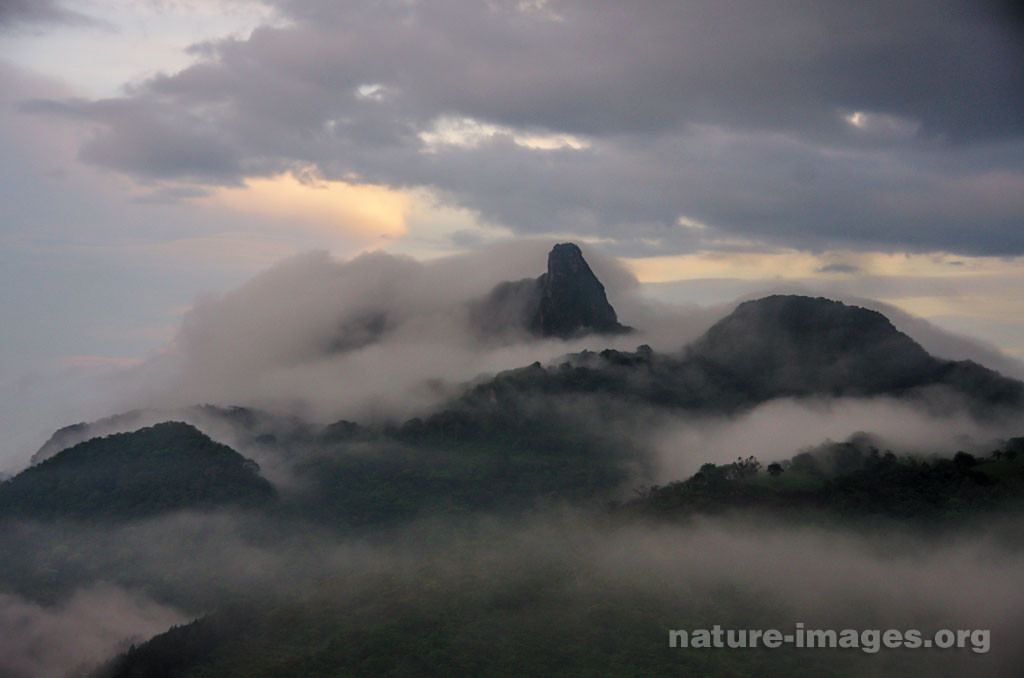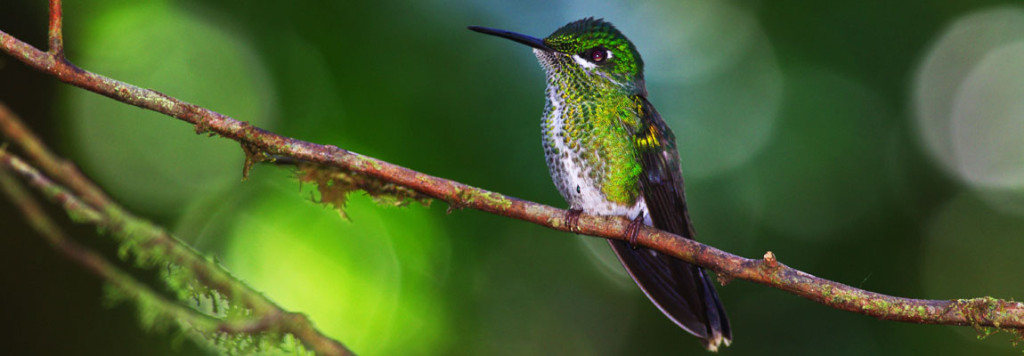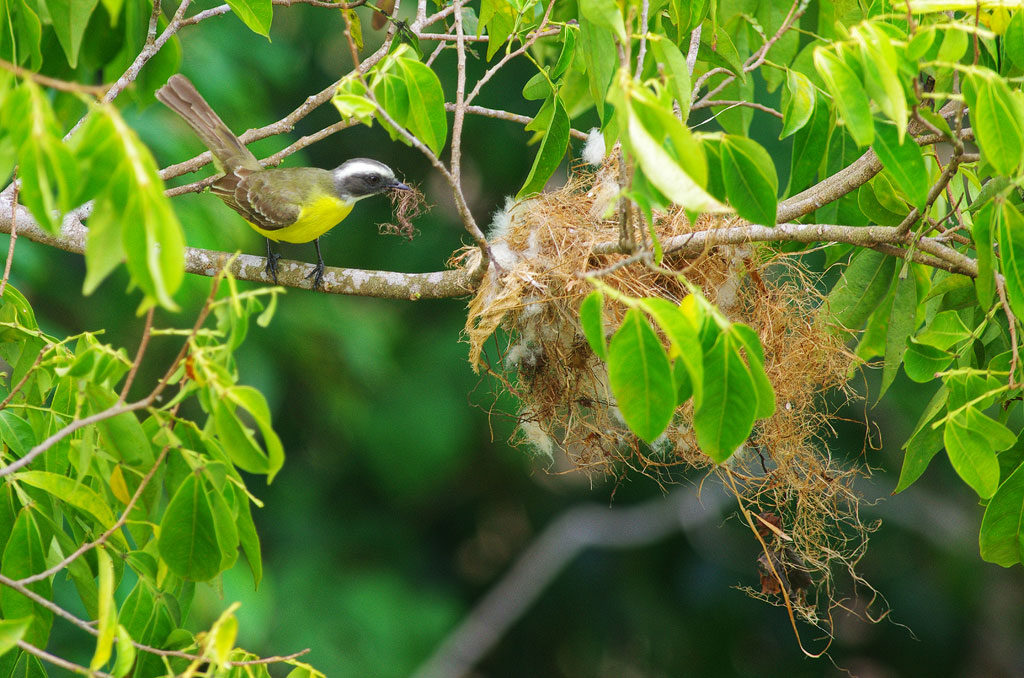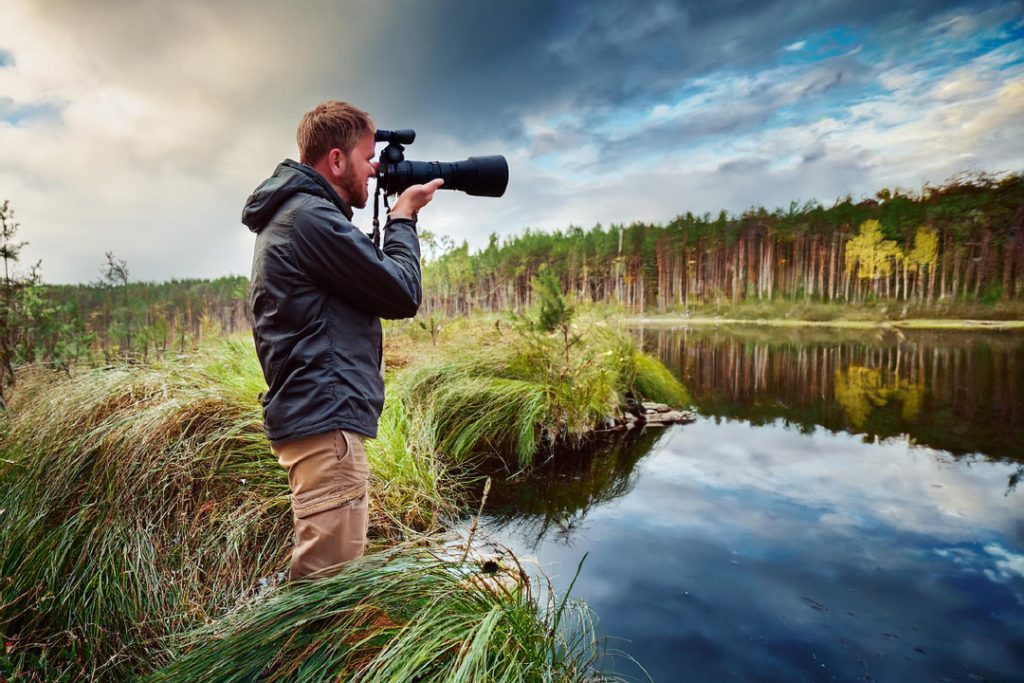Mastering Wildlife Photography Techniques
Dancing with Golden Hour Light
Ah, golden hour—those magical minutes just after sunrise and before sunset—is like the favorite time when nature paints everything with its golden brushstrokes. When you’re out there capturing wildlife, this is the moment for sheer eye-candy shots. The light’s not just kinder, it’s more of a gentle hug, smudging those pesky shadows and popping your subject’s features beautifully (Nature TTL).
Let’s be honest, the soft, warm glow during these times really makes those animals strut their stuff, showing off all their textures and colors. And that’s why those jaw-dropping wildlife shots happen right when this natural wonder is going on. Here’s a little table talk on why shooting during golden hour rocks:
| Time of Day | Light Vibes | Wildlife Snap Perks |
|---|---|---|
| Sunrise | Soft, cozy rays | Kills nasty shadows, ups texture game |
| Sunset | Same deal | Adds depth, levels down contrast drama |
Taking advantage of the golden hour can flip plain into epic, which is why it’s the holy grail for nature folks with cameras.
Playing with Lighting Styles
Besides fan-girling over golden hour, there’s a whole world of light types and directions to experiment with, each changing your shot mood big time (Nature TTL).
Light Type Shenanigans
- Diffused/Overcast Glow: This calm light is like a photo safe space—no harsh shades or blinding spots, perfect for those creatures dressed in their Sunday best black or white. It ghosts the dynamic range, catching all the nitty-gritty in both light and dark planes.
- Bright, Sunny Drama: Usually a no-go, ‘cause nobody likes wrestling harsh contrasts and falling into shadow pits. Pros give midday sun the boot and hang with “magic hours” instead (World Wildlife Fund).
Which Way the Light Hits
- Side Lighting Craze: It’s like the prom king for big beasts, providing a punchy look. Smaller creatures in this light might not win any beauty contests, though—it’s a hit or miss there.
- Backlighting Magic: Want drama? This one dumps a spotlight on that. Think: mammals or birds with slight-shimmery feathers turning into a stage star silhouette.
| Lighting Style | Best Buddies | Fun Facts |
|---|---|---|
| Diffused Light | Black & White Animal Style Icons | Skips nasty contrast and shaded areas |
| Side Lighting | Big Ol’ Animals | Pops that contrast like a popcorn kernel |
| Backlighting | Starry Mammals, Feathered Friends | Brings the drama with silhouettes and halos |
Mess around with the light styles, see what turns your nature snaps from “eh” to “wow.” Learning the what and how of different lights will take your thrive and make your wildlife gallery something special.
If you’re itching for more picture-boosting tricks, check our juicy guide on creative nature photography ideas. It’s a treasure trove of ways to jazz up your shots.
Enhancing Composition Skills
Let’s talk about jazzing up our wildlife photography game. The way we arrange our shots is key to making them pop and tell a story that hooks people right in. Here, we’ll explore some techniques to boost our snap-happy skills.
Applying the Rule of Thirds
The rule of thirds is like the holy grail of how we frame stuff. Imagine slicing your camera view into nine chunks with two lines going up and down and two side to side. We aim to plunk our subject along those lines or where they cross, giving the shot a nice balance and dynamic vibe.
| Element | Technique |
|---|---|
| Placement | Plop that focus point on a vertical line |
| Intersection | Point the focal power, like eyes, at crossing spots |
This trick makes our pictures more engaging and snazzy. It’s super handy when we’re eye-to-eye with wildlife, really making the critter stand out. Check out more tips in our nature photography tips.
Emphasizing Tight Compositions
Zoom in, and zero in on those fascinating details of our wild friends. Tight composition, where we zoom right up close, highlights stuff like scales or claws, offering a cozy, up-close view.
Key Points for Tight Compositions:
- Lock in on the eyes; they’re windows to the wild.
- Don’t accidentally chop off important bits.
- Play around with different portrait vs. nature views.
Zooming in tight can deliver photos that stand out and make a statement. Check out our macro photography of insects for more ideas.
Background Considerations
The background can make or break our wildlife shots. A smart backdrop choice can lift the subject, while a messy one can pull the attention away.
Tips for Effective Backgrounds:
- Neutral shades can make our subject pop.
- Leave some empty space to balance things out.
- Steer clear of backgrounds that have too much going on.
Taking in wildlife with epic natural backdrops can sometimes beat close-ups. A background that complements the main subject lifts our shots, a tip shared by pros like Robert Bateman.
Examples of Complementary Backgrounds:
| Background Type | Effect |
|---|---|
| Neutral tones | Lifts the subject, doesn’t overshadow |
| Negative space | Keeps the focus neat and tidy |
| Natural settings | Brings in a sense of place |
For more quirky ideas and techniques, check out our creative nature photography ideas.
When it comes to getting the hang of wildlife photography, it’s a mix of knowing the ropes and hitting the ground running. By tweaking these composition tips in the wild, we’ll be snapping up a storm in no time.
Gear Essentials for Wildlife Photography
Snapping breathtaking pics of wildlife isn’t just about having a sharp eye; you gotta have the right tools in your bag too. We’re diving into the must-have gear, giving the lowdown on cameras, lenses, tripods, gimbals, and all those nifty extras that’ll boost your photo game.
Camera and Lens Choices
Picking the right camera and lens is the name of the game when you’re out there snapping wildlife. A telephoto lens with at least 400mm in focal length is your best buddy in the field. Here’s a quick peek at some popular choices:
| Lens Model | Maker | Focal Length | Price Tag |
|---|---|---|---|
| Canon 100-400 IS II | Canon | 100-400mm | $2,300 |
| Nikon 200-500 | Nikon | 200-500mm | $1,400 |
| Fuji 100-400 | Fuji | 100-400mm | $1,900 |
| Sony 200-600 | Sony | 200-600mm | $2,000 |
| Tamron 150-600 | Tamron | 150-600mm | $1,100 |
Thanks to Shutter Muse for these figures.
Choosing the right lens saves you a headache and boosts efficiency. If your wallet’s full, high-end super-telephoto lenses from big names like Canon, Sony, and Nikon give you top-notch aperture control when it’s getting dark. If saving cash is more your style, zoom lenses like Tamron and Sigma are winners.
Tripod and Gimbal Usage
No wildlife photographer hits the field without a trusty tripod. This little gem keeps things steady for those slower shutter speeds and saves your arms from nodding off after a long session. Good tripods can handle all sorts of terrain and are built to last. Be sure it’s tall enough and built well.
A sturdy tripod with a gimbal head is the best combo for wildlife snaps, especially if you’re mounting hefty lenses (400mm and up). Gimbal heads like the ProMediaGear Katana Junior and Wimberley WH-200 make sure you can follow every leap and scuttle without a fuss (Shutter Muse).
Essential Accessories
A few extra bits and bobs can make your wildlife shoots run smoother:
- Extra Batteries and Memory Cards: Pack spares—you don’t want to miss that perfect shot ’cause your gear ran outta juice or room.
- Remote Shutter Release: Helps keep your shots steady, especially when the light’s not great and your hand’s a bit shaky.
- Lens Cleaning Kit: Keep your precious optics spotless and free from grit.
- Waterproof Camera Cover: Mother Nature’s unpredictable; this keeps your gear safe from surprise showers.
With the right camera gear, solid tripods, gimbals, and those extra accessories tucked away in your kit, you’ll be topping up your wildlife photo skills in no time. For more wisdom on snapping nature like a pro, swing by our articles on nature photography tips and creative nature photography ideas.
Perfecting Wildlife Photography Composition
In the wild world of photography, getting that unforgettable shot is all about framing things just right. Let’s have a peek at some nifty tricks that’ll turn your wildlife pics from “meh” to “wow”!
Seeing Things Differently
Spicing up wildlife photography means snapping shots from angles that make folks stop and stare. It’s like adding hot sauce when everyone’s sticking to salt. Wanna stand out? Mess around with how you shoot—whether it’s belly-crawling for an eye-level shot or blending into the scenery with a photographic hideout.
| Trick | What It Is |
|---|---|
| Low Shots | Puts you at eye level with critters |
| High Up | Gives that soaring bird view |
| Close-Up Magic | Zeroes in on fuzzy details |
| Blending In | Lets you watch ’em act like no one’s watching |
Playing with these approaches will not only give your photo collection flair but also help capture those wild moments from a fresh viewpoint.
Playing with Light
Light—nature’s own brush—can make your wildlife photos pop. Using light cleverly, like when the sun’s just right, shows off your subject in a whole new glow.
| Type of Light | What It Does |
|---|---|
| Back Lighting | Creates cool shadows or silhouettes |
| Rim Lighting | Makes your subject glow around the edges |
| Side Lighting | Adds drama with texture and depth |
| Golden Hour Glow | Bathes everything in warm, dreamy hues |
Thinking about these lighting options can bring out emotions and stories in your wildlife photography. Curious about more ways light can transform your shots? Check out our tips on nature photography ideas.
Beat the Heat Haze
Heat waves can fuzz up your snapshots, especially zoomed-in shots. Knowing when they pop up and what to do about ’em can save your shoot.
| Situation | Way Out |
|---|---|
| Hot Noon | Aim for cooler times like early or late |
| Seeing Far | Avoid shooting over hot areas and try higher spots |
| Big Zoom | Keep checking your lens for blur from heat |
| Windy | Use trees or slopes to block hot air gusts |
With these tips in tow, you can dodge heat problems and snap clearer wildlife pics. For more tricks, dive into our take on close-up critter photography and other wild stuff.
Learn these tricks of the trade, and your wildlife shots will speak volumes about our planet’s amazing creatures, bringing their wonders right to your viewers’ eyes.
Practicing Ethical Wildlife Photography
Embracing Conservation Photography
Conservation photography isn’t just about snapping pretty pictures of nature; it’s about creating imagery with a punch, one that screams for the protection of wildlife and their homes. Our cameras are like magic wands, capturing nature’s charm and the threats it faces, prompts action, and gets folks talking. Whether you’re part of a green group, a photo storyteller, or a bigwig policymaker, you’re no stranger to how these power-packed photos can push for the betterment of the planet. Curious about how to leave a mark? Check out the Adobe Blog for the nitty-gritty on making those snaps count.
Partnering with Scientists
Teaming up with scientists is where the magic of responsible wildlife photography happens. Our pictures don’t just sit pretty—they’re visual nuggets that bolster research and science. By joining forces, we can create campaigns that shout out about the big issues affecting Mother Earth. And hey, working alongside scientists doesn’t just add weight to our message; it propels our pics, making them louder and clearer. So, for budding photographers, buddying up with scientists can connect the dots between creativity and cold hard facts, paving the way for impactful environmental action.
Speaking Volumes Through Photography
Photography packs a punch when it comes to conservation messages. Pictures do more than talk; they sing about nature’s wonders and the troubles it faces. Studies say that images stick with people longer than words do, so our cameras become mighty tools that tug at heartstrings and raise awareness. Whether it’s majestic beasts or the teeniest of bugs you’re capturing, those clicks can touch hearts. Sharing these visuals and teaming up with platforms amplifies the dire need to protect our wild spaces (Adobe Blog).
For those itching to up their wildlife photography game with top-notch gear, dive into our articles on nature photography tips and creative nature photography ideas to get a leg up on your photo adventures.
Tips for Action-Packed Wildlife Shots
Snapping those energetic wildlife moments takes savvy techniques and the right gear. Dive into our key pointers to make your action shots truly pop.
Freezing Movement with Shutter Speed
To catch the wild in all its glory, nailing the shutter speed is a must. Apparently, a nifty trick from Digital Photography School is to set your shutter speed to at least the inverse of your camera’s focal length. But when you’re chasing faster creatures, you’ll want to rev it up. Think 1/1000th of a second or quicker.
| Animal Vibe | Shutter Speed Recommendation |
|---|---|
| Slow (e.g., grazing deer) | 1/250 sec |
| Zippy (e.g., birds in flight) | 1/1000 sec |
| Lightning-fast (e.g., cheetah sprinting) | 1/2000+ sec |
If it’s looking like a blur effect gone wrong, tweak the settings. Trial and error will lead you to the sweet spot for those crisp snaps.
Mastering Continuous Focus Mode
To keep wildlife in sharp focus even when they’re on the move, jump into continuous focus mode, a.k.a. AI-Servo or AF-C. This clever setting lets your camera do the stalking, keeping subjects razor-sharp as they flit about. Perfect for capturing birds mid-air or mammals on the dash.
Want more tips on getting the best bird snaps? Head to our bird photography settings guide.
Improving Flexibility in Movement
Sometimes, freedom from the tripod is the way to go. Handholding your camera can be a game-changer, offering the agility needed to follow unpredictable wildlife paths. While tripods can secure shots, fiddling with them can cost you that magic moment.
Get a feel for the wildlife’s rhythm and where they might linger, setting you up to nab those unique clicks. Our nature photography tips can teach you more tricks of the trade.
By acing these techniques, you’ll soon be snapping shots that tell wild stories. Don’t hesitate to try other styles like macro photography of insects and discover fresh ideas with our creative nature photography ideas.
Please bookmark us now press ctrl+d and visit again soon for more fascinating nature images! Here some recommended links selected for you: The Best Books of the Month, Todays best Deals at Amazon, Best Sellers in Cell Phones & Accessories and last but not least the easy and great way to send a gift for the holidays: Amazon.com eGift Card (Instant Email or Text Delivery).
A selection of Nature images, wildlife, flora and landscape stock photos, to see many more images and to license our stock photos please see our complete collection of our wildlife, flora and landscape stock images here at Alamy.
Introducing our captivating photo book showcasing the mesmerizing flora and fauna of Panama! Dive into the vibrant world of biodiversity with stunning imagery capturing the essence of Panama’s natural wonders. From majestic birds to elusive wildlife and breathtaking landscapes, this book is a visual feast for nature enthusiasts.
Don’t miss your chance to own a piece of Panama’s natural heritage. Order your copy here at Amazon now and embark on a visual journey through the enchanting landscapes and fascinating wildlife of Panama!









